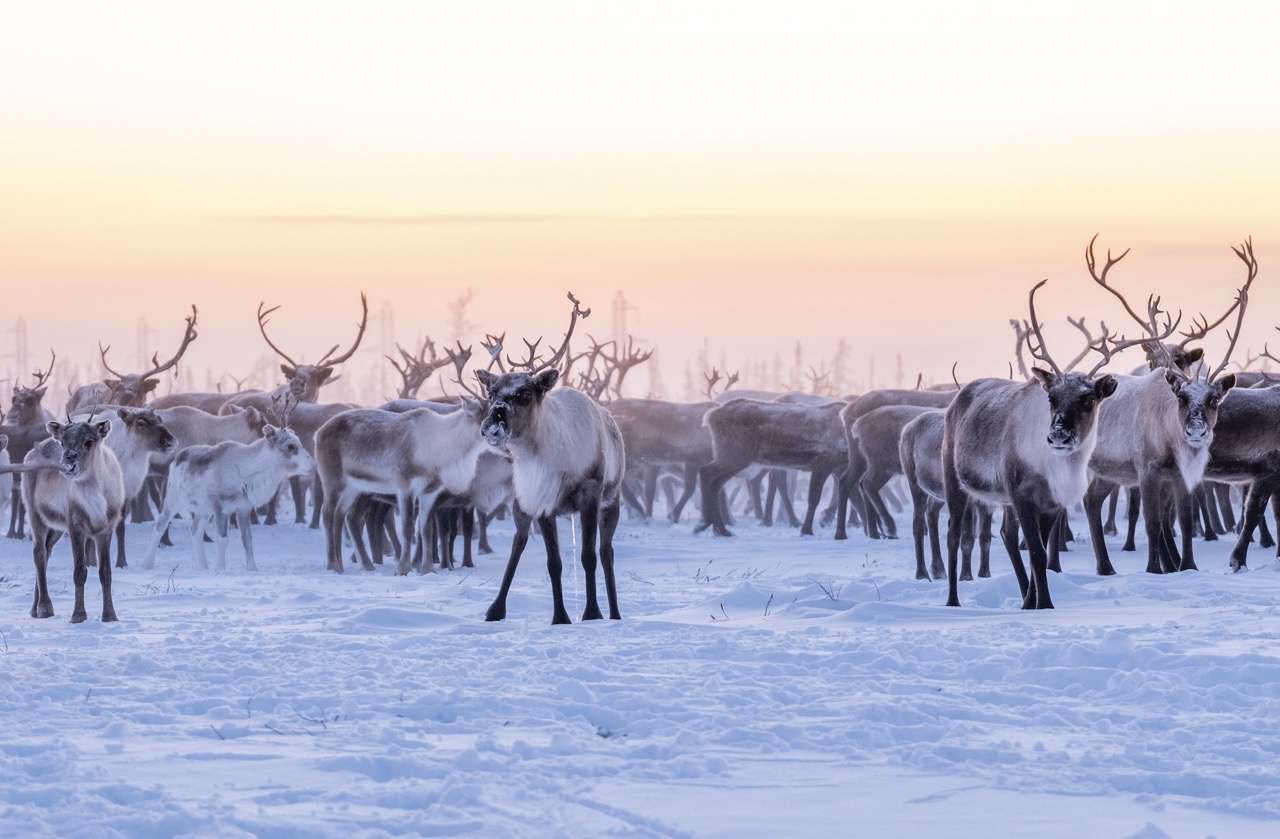Source: The Washington Post, author Allyson Chiu.
While we are in the holiday season, we wanted to share with you this very interesting report about very unique eyes of reindeer. Read the whole text below:
“Rudolph’s red nose may have gone down in history, but research says it was probably his shining blue eyes — a common trait among reindeer — that helped keep him and the rest of Santa’s herd nourished.
A new study suggests that the hoofed mammals’ unique eyes, which glow a vivid blue when illuminated in colder months, may be a result of the species evolving so they can more easily find food during dark Arctic winters.
“Reindeer have just an amazing visual system,” said Nathaniel Dominy, the study’s lead author and a professor of anthropology at Dartmouth College. “It’s unlike any other mammal we know about.”
Similar to other animals, like cats or deer, the ungulates have light-enhancing tissue in their eyes, known as tapetum lucidum. But in reindeer, the luminescence changes color from a golden color in the summer to blue in the winter.
Scientists have long puzzled over that trait, along with the reindeer’s ability to see light in the ultraviolet spectrum. The layer of tissue is typically found in nocturnal animals because it increases their ability to see in dim light, but reindeer are out and about during the day.
Dominy and researchers from the University of St Andrews’ School of Psychology and Neuroscience say they have one possible explanation: Reindeer vision has evolved, in part, to help the animals survive dark winters by improving their ability to find their favorite food when conditions aren’t favorable.
The researchers carried out their work in the Cairngorms mountains in the Scottish Highlands, home to Britain’s only reindeer herd and more than 1,500 species of lichen. That includes the animals’ food of choice: a type of lichen known colloquially as “reindeer moss.”
“They’re the only large mammal that is known to eat such high amounts of lichen because typically lichen is not a very nutritious type of thing,” Dominy said. “It’s kind of a puzzle that reindeer would sort of specialize on it so much.”
The pale, branchlike organisms tend to grow in thick beds and resemble shag carpeting, he said. It is found across the northern latitudes, including the United States, where it can often blend into snowy landscapes.
But by studying lichen, the researchers found that the reindeer’s preferred meal, as well as several other species that the animals also enjoy feasting upon, absorb UV light. That makes it more visible to hungry reindeer scanning the snow-covered terrain for food.
“They can see it from a distance and this would give them big advantages because then they don’t have to wander around the landscape looking for food,” Dominy said. “They could see a patch of food in the distance, move in a straight line and conserve energy at a time when energy is scarce.”
The study is believed to be the first effort to measure the amount of light at different wavelengths that’s being reflected from the lichens that reindeer often eat, Dominy said. The results, he added, indicate that the organisms are “strong absorbers of UV light, and this is a plausible explanation for their very unusual visual system.”
Meanwhile, images taken with light filters adjusted to mimic reindeer sight showed that the animals probably see lichen beds as dark patches against the highly reflective snow.
The researchers note that the blue tapetum also allows up to 60 percent of ultraviolet light to enter the eye, meaning reindeer see their surroundings in winter in shades of purple with surfaces that reflect UV giving off a glaring glow while UV-absorbing things appear dark.”
See the original article



